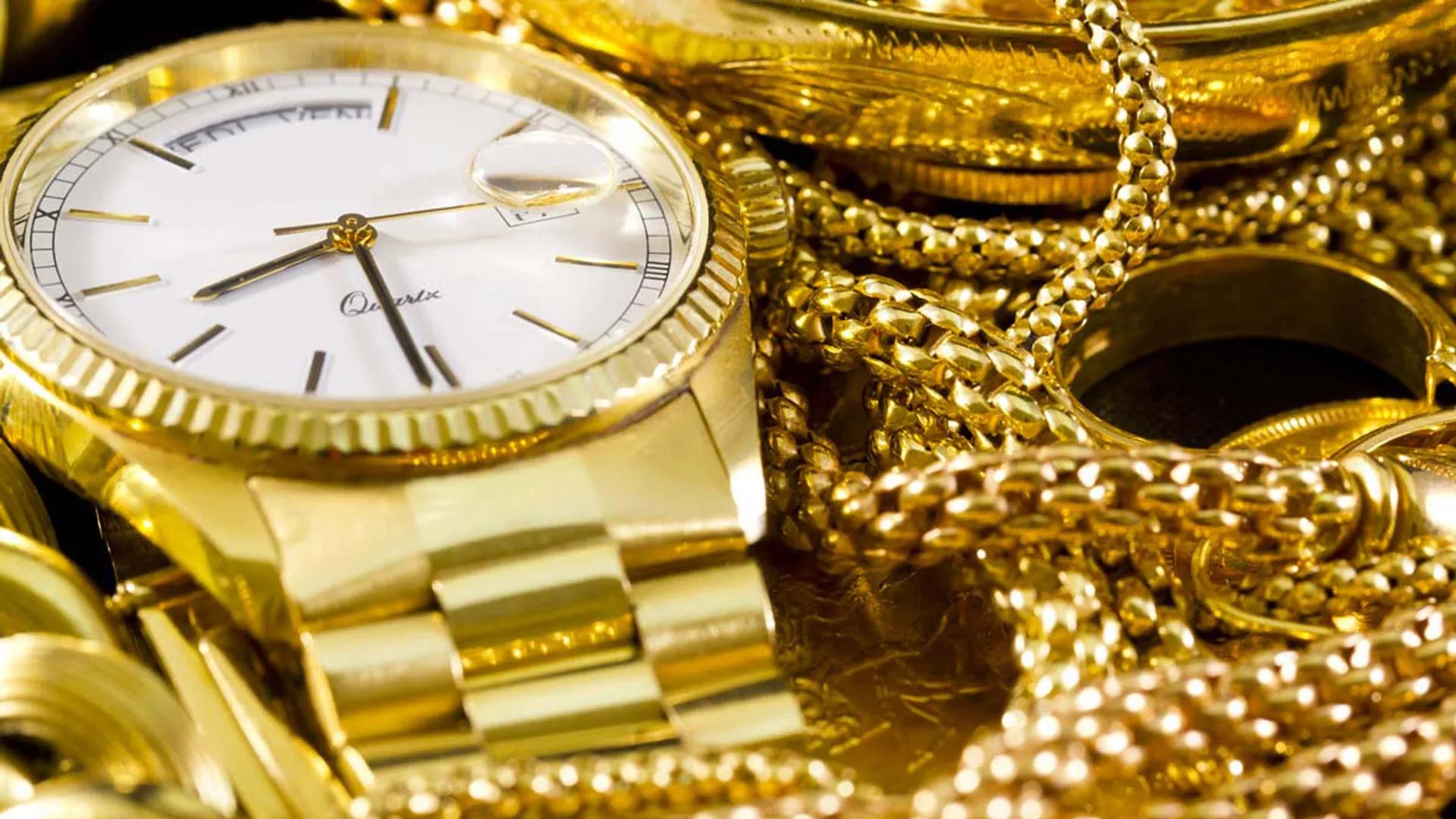Contemporary jewelery is therefore new expressive research, a splendid polysemic manifestation of human genius.
Contemporary Italian goldsmithing, according to Enrico Crispolti, «lives on a double register of contributions: that of specialized artists, and that relating to the incursions of sculptors, but also painters, into the goldsmith field». Therefore, according to Crispolti, we must distinguish between goldsmith-artists and artist-goldsmiths. I chose this interpretative key because it clearly clarifies the attitude towards jewelery in Italy over the last sixty years. Like all attempts at classification, this distinction has a high limiting and discriminating power and therefore it should be considered as a possible interpretation, applicable exclusively in the Italian context.
I would like to focus on the second case with due attention, as current research jewelry could not be understood (and probably would not even exist) without the magnificent creations of these artists who lent themselves for a moment to the art of precious stones. They overturned what had been the conception of jewelery until then, and on the other hand, as Crispolti points out in 1985, precisely
"in this area the greatest pushes of innovative solicitation can occur, opening up to new operational possibilities, to new combinations, to new practices, to new horizons of use. "
Beyond these labels, both goldsmith-artists and goldsmith-artists have had to come up against a tradition that sees the true added value in the wearability and recognizability of the object. The corollary that defines a jewel not as a work of art but simply as an expensive ornament is truly the a truly great obstacle to innovation not only on a formal level, but also on a technical level .


